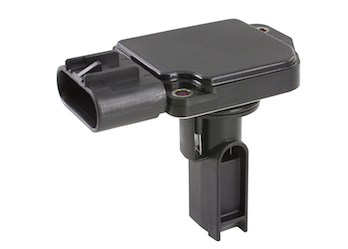WATCH: Test Your Fuel System Cleaner Knowledge
Complete fuel system products typically contain the highest concentrated dosage of cleaner to not only clean injectors, but also dirty intake valves, combustion chambers and the tops of the pistons.
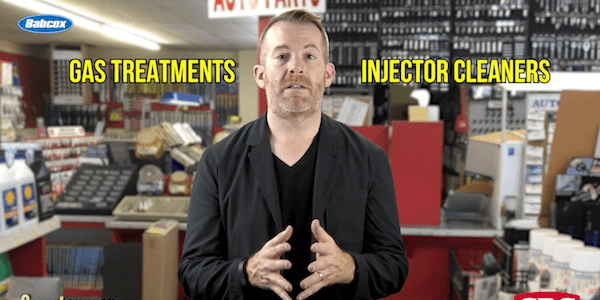
Watch: Fuel Cleaner Additives 101
The aisles in most auto parts stores are filled with all kinds of specialty chemicals. One of the hottest chemical categories these days is fuel cleaner additives. There are basically three types, two of which we’ll review in this video.

Maker Of Hot Shot’s Secret Brand Introduces Two-Step Fuel Additive
The treatment plan is developed to improve fuel mileage and engine performance for all diesel vehicles.
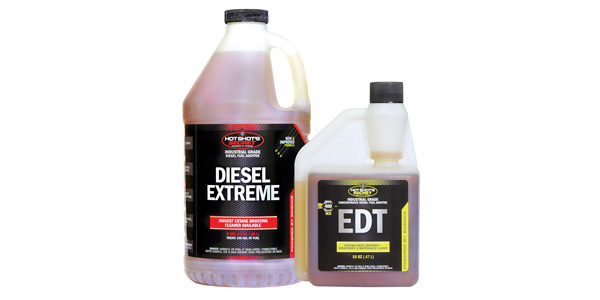
Oxygen Sensors: The Key To Feedback Fuel Control
O2 sensors do have a limited service life, and tend to become sluggish with age. This can cause a noticeable drop in fuel economy but may not set a fault code.
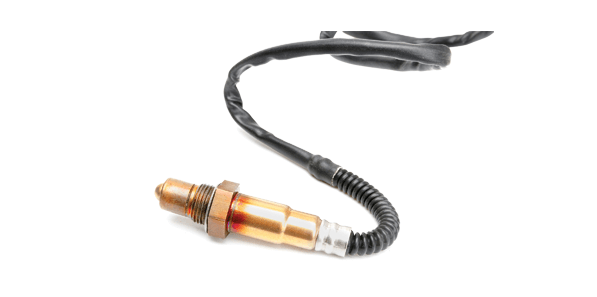
Throttle Up Your Fuel-Related Parts And Products Sales
Let’s start with fuel additives. These are popular do-it-yourself products that can provide various benefits at minimal cost.
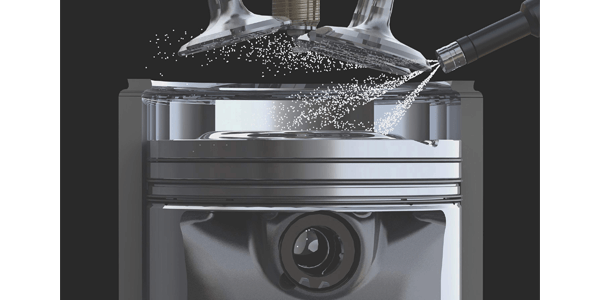
Knock, Knock, Who’s There? Fuel Additives And Octane Ratings Explained
Detonation, also known as “knock,” has long been an enemy of the internal combustion engine.
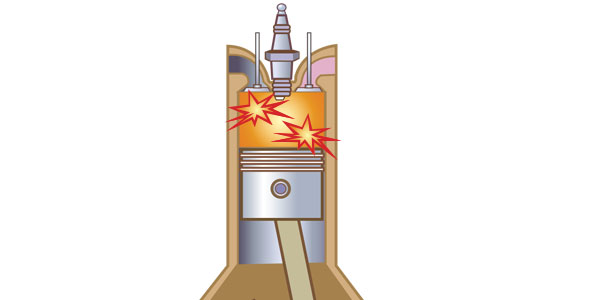
Star Tron Enzyme Fuel Treatment
The EPA is actively working to increase the amount of ethanol in fuel to 15 percent.
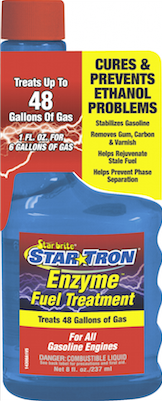
Taking The Fuel Pump Challenge Head-On
Electronic fuel injection is fairly reliable most of the time and requires minimal preventive maintenance. But as the years and miles add up, things can go wrong.
O2 Sensors Keep Watch Over The Air-Fuel Mixture
A slightly rich fuel mixture makes more power but it also increases carbon monoxide (CO) emissions. A leaner mixture helps fuel economy, but if the A/F mixture is too lean the engine may misfire, lose power and spew unburned fuel into the exhaust.
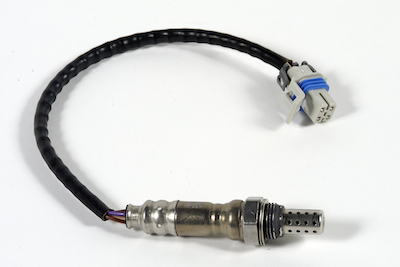
Mass Airflow Sensors Control The Air-Fuel Mixture In A Vehicle’s Engine
A sluggish MAF sensor that is slow to react to changes in airflow can cause a variety of drivability and emission problems.
